Why 'On Her Majesty's Secret Service' Is Secretly One of the Best Bond Films Ever
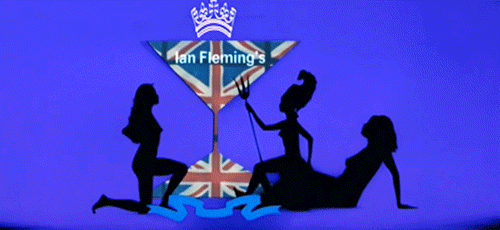
WARNING: This story contains plot spoilers for ‘Spectre.’ If you haven’t seen the movie yet, take warning!
Midway through the 24th James Bond outing, Spectre, 007 makes his way to a mountaintop research facility where he flirts with a pretty girl and runs afoul of henchmen working for evil mastermind Ernst Stavro Blofeld. If that scenario sounds familiar, it’s because Bond has been here before, albeit with a different face. Spectre is filled with deliberate allusions and callbacks to many of the preceding Bond outings, and this particular sequence is a direct nod to 1969’s previously forgotten On Her Majesty’s Secret Service — the sixth 007 adventure, and the first one not to star Sean Connery as Ian Fleming’s hard-drinking, hard-living spy. Instead, Australian-born model George Lazenby donned Bond’s crisply ironed tuxedo for a single outing (Connery returned two years later, in 1971’s Diamonds are Forever).
That casting change, and Lazenby’s brief tenure, had a profound impact on the film’s reputation. For decades, OHMSS seemed to dwell in the Bond margins, regarded as a mere blip on the radar instead of a key installment in the franchise’s evolution. That’s changed significantly in recent years, as the film has steadily risen in the list of Bond movie rankings (even topping a few), while such filmmakers as Steven Soderbergh and Christopher Nolan have gone on record citing it as a personal favorite. (In fact, Nolan’s 2010 blockbuster Inception features an extended homage to OHMSS, when Leo DiCaprio leads his dream warriors in an assault on a snowy mountaintop fortress.) The fact that Spectre makes a specific allusion to it as well indicates that the film has been fully welcomed back into the Bond fold. Even Lazenby, who bad-mouthed his Bond past for years, now sings its praises. “It’s got the best story and the best music, and I’m not braggin’ about myself, but I did a pretty good job,” he told the San Francisco Chronicle last year.
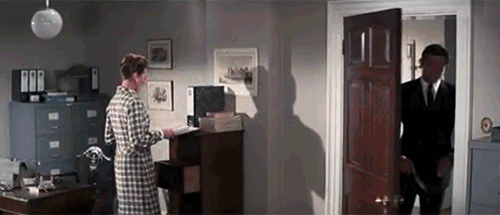
In hindsight, Lazenby never stood a chance back in the day. Plucked from obscurity to inherent the mantle of Bond after Connery slammed his license to kill down on franchise producer Albert “Cubby” Broccoli’s desk, he walked onto the OHMSS set with a giant target on his back. As far as the moviegoing public was concerned, Connery was Bond; he originated the role on the big screen in 1962’s Dr. No and remained the franchise’s solid center even as the budgets ballooned and the set-pieces dwarfed the storytelling. In fact, OHMSS was originally earmarked to be a Connery production; Broccoli intended for it to follow Goldfinger, before opting to film Thunderball instead. It was then supposed to follow Thunderball, but You Only Live Twice got the go-ahead first. (According to Bond lore, the credits roll at the end of Thunderball originally concluded with “James Bond Will Be Back ‘On Her Majesty’s Secret Service’” but those words were wiped from later prints.)
Considering the nature of the film’s storyline, OHMSS would certainly have been a dramatic departure for Connery’s Bond. Over the course of the previous five films, 007 had wooed, won and then promptly abandoned a plethora of nubile Bond girls. This particular narrative was poised to present Connery with a lady (and an actress) who was his equal: Diana Rigg’s Countess Tracy di Vicenzo, a wild child heiress whose ferocious independence worried her wealthy father so much, he pointedly asked Bond to tame her and marry her.
But Tracy’s having none of it, and for once, Bond is the pursuer rather than the pursued. Despite, or maybe because of, this new dynamic, genuine love blossoms between the two, to the point where — after shutting down Blofeld’s current plot, which involves biological warfare — Bond does the unthinkable: he slips a ring on her finger and walks down the aisle. Too bad that “happily ever after” just isn’t in his cards; right after promising Tracy that they have all the time in the world, Blofeld’s car speeds by and murders her right in front of his eyes. The final shot of the film is of his bullet-shattered windshield…an image that, not coincidentally, resembles an early Spectre poster.
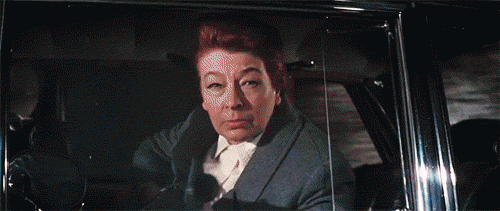
Bond fans have been wrestling with the Connery vs. Lazenby debate for years with no conclusive answer. (An equally hot topic? Whether Lazenby’s pre-credits line, “This never happened to the other fellow,” is a tacit acknowledgement of the long-held fan theory that James Bond is a codename, not one man.) One point in Connery’s favor is that he was accustomed to the demands of the Bond machine at that point, whereas Lazenby had little feature film experience of any kind at that point, let alone a massive production like a 007 outing. By most accounts, though, the temperamental Scottish actor was fed up with the series, and may not have committed to the role with the same amount of intensity.
As the new kid on the block, Lazenby came into OHMSS with something to prove. Watching the movie today, his inexperience does creep through at times, particularly when he’s sharing a scene with Rigg or Telly Savalas, cast as the latest iteration of Blofeld. On the other hand, Lazenby attacks the action sequences with self-assured confidence; one standout sequence finds Bond executing a high-wire escape on a cable car (which is also referenced in Spectre, in a scene where Ben Whishaw’s Q is being pursued by Blofeld’s henchmen) that leads into a rousing downhill ski chase.
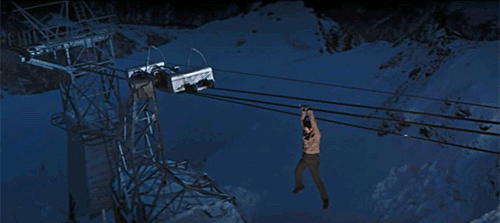
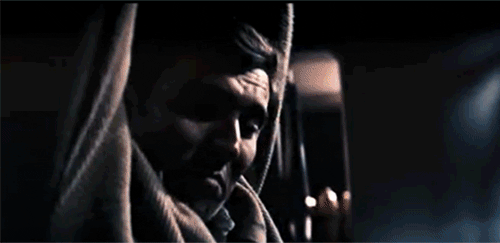
That sequence, among many others, is an example of why it’s pointless to get too hung up on the “Connery or Lazenby” question. OHMSS belongs to that rare class of Bond movie where the quality of the material transcends the actor playing 007. (Goldfinger, The Spy Who Loved Me and Casino Royale also fall into that group.) The film does have its shortcomings: because of Rigg’s magnetic performance, Tracy’s absence is deeply felt during Bond’s extended sojourn at Blofeld’s mountaintop resort. Meanwhile, her father’s Taming of the Shew-esque suggestion that 007 domesticate the Countess by marrying her is regressive even by Bond movie standards. It goes without saying that a scene where Lazenby slaps Rigg across the face to subdue her doesn’t play well today, either.
But the love story gives OHMSS a dramatic anchor that few of the other films in the series possess. And around that anchor, director Peter R. Hunt — who edited the five Connery 007 outings before being promoted to the director’s chair — designs a narrative that glides fluidly from set-piece to set-piece. One of those set-pieces puts Rigg — no stranger to spy heroics thanks to her three-year stint as Emma Peel on the British action series, The Avengers — front and center, as she expertly pilots her car through a stock car race while avoiding Blofeld’s cronies. Just watch Rigg’s gleeful half-smile and Lazenby’s bemused reaction to her throughout the sequence; it’s clear that this is the moment where Bond realizes he’s met his perfect match.
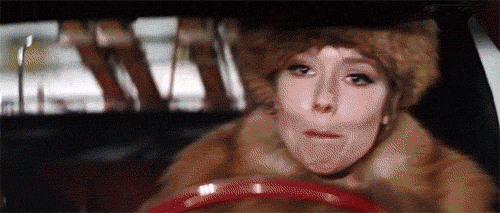
“Shot to shot, this movie is beautiful in a way none of the other Bond films are,” Steven Soderbergh opined of Hunt’s direction. “[Hunt] took all the ideas of the French new wave and blended them Eisenstein in a Cuisinart to create a grammar that still tops today’s how fast can you cut aesthetic.” (Interestingly, Hunt’s career as a Bond director matched his leading man; both he and Lazenby left the franchise after OHMSS.)
Hunt’s coup de grace is the film’s final scene, still the most downbeat ending of any Bond movie. Rising to the occasion, Lazenby does his finest bit of acting here, cradling Tracy’s dead body and stoically insisting that “she’s just having a rest.” It’s the most vulnerable Bond has ever been, and the weight of his loss registers on his face. In the immediate aftermath of OHMSS, the franchise moved away from that level of tragedy, but modern-day Bond films have used the film as a reference point as they strive to bring some dramatic pathos to Bond’s heroics. Even before Spectre, the movie’s legacy has had an overt impact on the Daniel Craig era, reflected in the deaths of two important women in his life: Eva Green’s Vesper Lynd in Casino Royale and Judi Dench’s M in Skyfall. Once the secret gem of the James Bond franchise, On Her Majesty’s Secret Service has emerged from the shadows to take its place as 007’s most daring mission.
Watch a roundup of Bond’s goofiest gadgets below:
